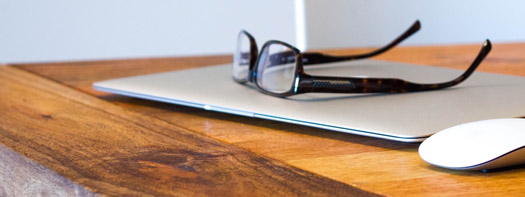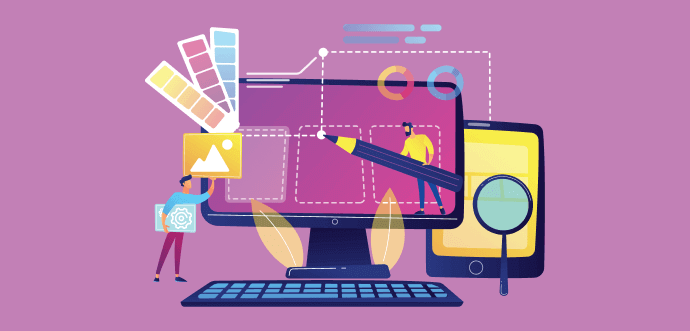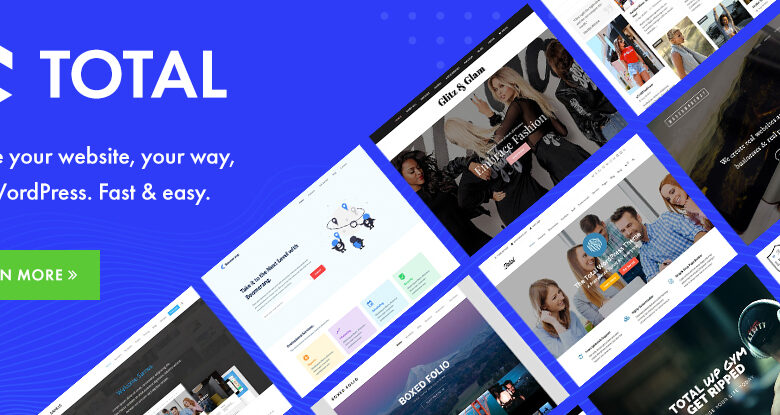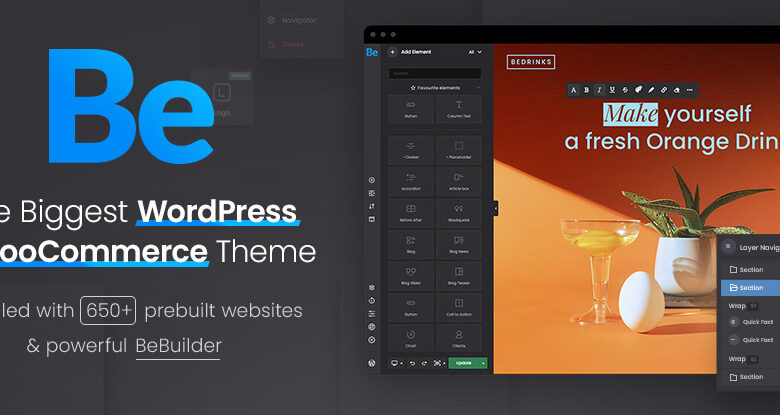Everyone aims for a high rate of productivity, especially when it comes to web design. In reality, however, projects tend to take a lot longer than you at first planned thanks to unexpected coding issues and poorly set up workspaces (not to mention changing customer demands). While you can’t predict what whims of fancy your client may follow, you can make the most of your time and earn more money, and faster, by improving your web design workflow. Using these few simple tips you may find some of them actually take longer to learn at the outset, but once you have a handle on them you’ll see your progress increase dramatically. Practice makes productive.
Invest in New Skills
Again, developing new talents and learning new skills will initially slow you down as you navigate foreign software or practice currently unnatural methods, but once you’ve nailed the new technique your output should increase exponentially. Think about where your talents lag; are you terrible at planning or outlining? Do you stick with one type of program because it’s easier even if it’s not the best one? Do you try and make every element unique when you could streamline with an organized folder of tools or icons? Think about where you can improve, and work to do it.
Plan Ahead
Easily the most important part of any web design project is planning. Diving into the process can be invigorating, but it may also take twice as long to finish as you lose sight of the end goal in favor of playing around with a few separate ideas. Before you even open your laptop make sure you’ve done the following: defined success, defined the content, defined the features, defined the ideal customer, done the research and organized and prioritized the layout. Now you not only know where to start, you know where to be every step of the way.
Customize Your Workspace and Tools
It should go without saying that having an organized workspace customized to your needs will help speed up your progress on every piece of design you make, but plenty of people still don’t bother. Programs like Photoshop come with basic templates, but it’s a few minutes work to adapt these to individual needs based on a single project or an ongoing or repeating one. Take a few minutes or an hour to create tool palettes, folders and panels so they have everything you need in an easy to find location. While this may only reduce your work time by a few minutes each day, those minutes add up to hours in a week surprisingly quickly.
Learn or Make Shortcuts
Most programs have built in shortcuts, and if you’re not using them you’re missing out a fantastic way to increase productivity. Again, this may seem like arguing over a few second or minutes of extra work, but they add up. Plus, once you have a rhythm when working, using keyboard shortcuts can allow a smooth experience from start to finish, while constantly stopping to click or use a mouse may jar you out of your routine. If there isn’t a shortcut already available, try and make one for any process you use repeatedly.
While there are tons of more specific tips and tricks for increasing productivity with regards to web design depending on the task at hand, including using pre-made graphics or templates, these beginner’s steps are often overlooked as unnecessary to even the best designers. Don’t forget the basics when looking for ways to speed up your work. You may find the best solutions are the ones you learned first in school (or never bothered to if you’re self-taught).


 Image by
Image by  Image by
Image by  Image by
Image by 



I was recently working on a freelance project and had the mentality not to sketch before jumping in. There are many dangers to not preparing before hand as I agree the amount of time can stack up. I would just remember to have fun with you projects and try new things. Look at design inspiration and continue working hard until all that is let is appreciation of your talents. Thanks for the post!